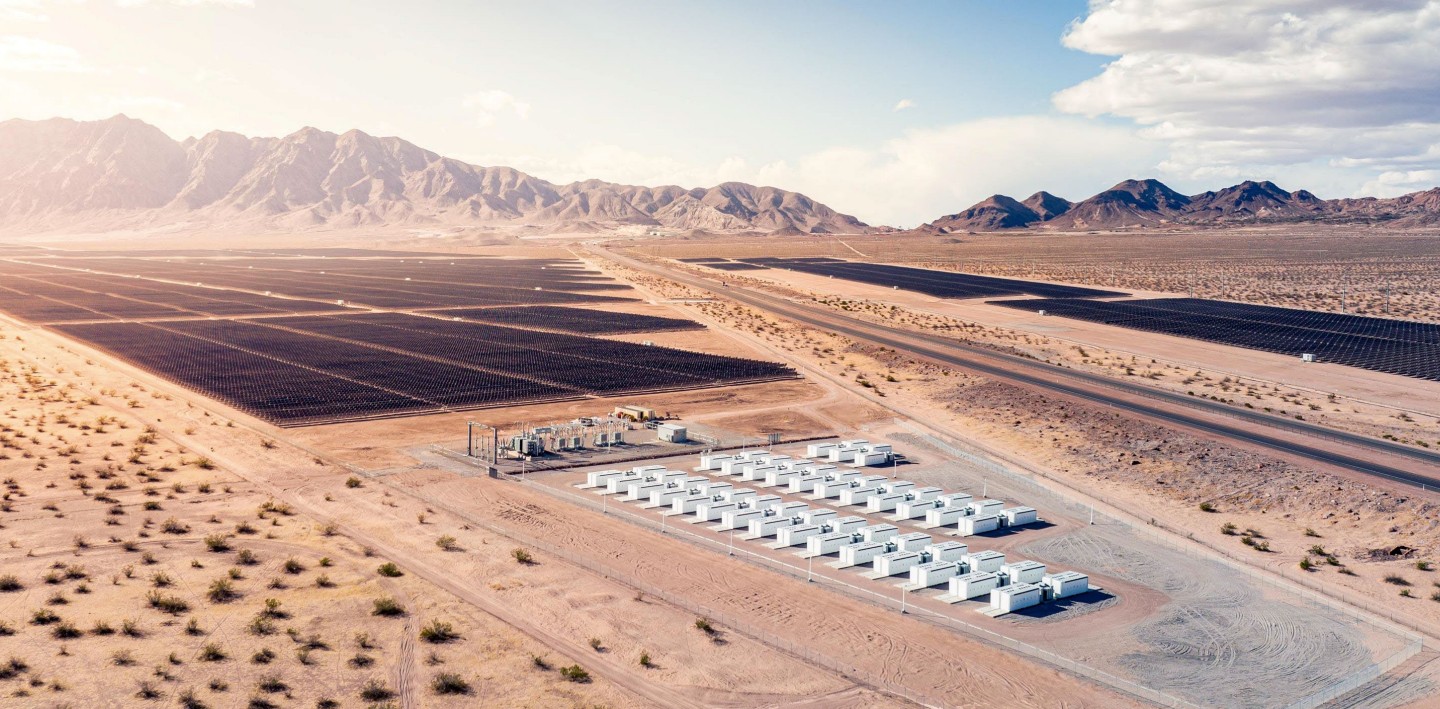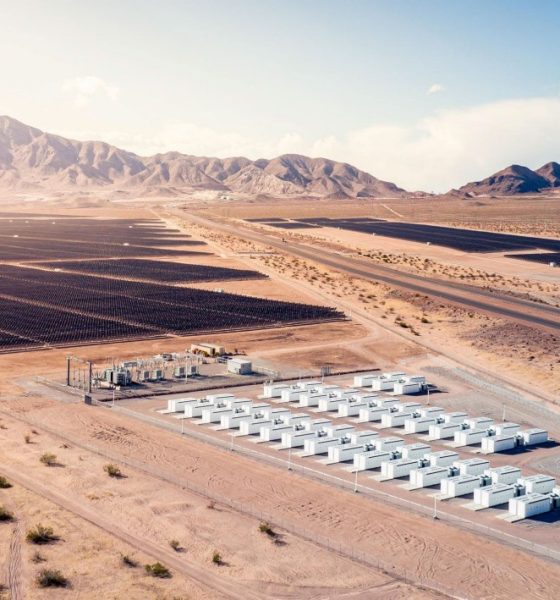Tesla has released its 2021 Impact Report, and it revealed that the company is making huge strides in its efforts to help accelerate the world’s shift to sustainable energy.
From the people it employs to its supply chain and products, Tesla is transforming itself into an entity that is cleaner, more efficient, and more responsible than ever before.
Tesla’s website focused on four notable portions of its 2021 Impact Report, namely the company’s people, environment, supply chain, and products. In each of these topics, Tesla highlighted the steps it took to better itself while setting a standard for the automotive industry as a whole.
People
Tesla’s 2021 Impact Report took particular focus on the fact that the company is a majority-minority company, with 62% of its US workforce belonging to underrepresented groups. This was made possible by the company’s Diversity, Equity, and Inclusion team, which adopts a people-first and data-driven approach to champion DEI in Tesla’s business and in the communities in which the company operates.
Tesla also highlighted that the company remains attractive to job-seekers. In 2021 alone, Tesla attracted 3 million applicants, providing that interest in joining the company’s mission to accelerate the world’s transition to sustainable energy is at an all-time high. Tesla noted that it would continue to expand access to hiring opportunities for underrepresented communities by building community partnerships, pushing training programs, and more.
Environment
Tesla noted that its solar panels had generated more electricity than has been consumed by its vehicle fleet and factories between 2012 and 2021. Tesla estimated that its solar panels produced about 25.39 TWh of energy from 2012-2021. In comparison, the energy used to charge all Tesla vehicles and the energy used at Teslas factories and other facilities is estimated to be at 25.27 TWh.
To truly make an impact on the world, Tesla would need to scale its operations by a significant degree while making its products consistently better. The company is making strides with this, with the Model Y AWD becoming the most efficient all-electric SUV with its 4.2 EPA miles per kWh. Tesla’s vehicle production is also being improved with each new factory, allowing the company to deliver more and more electric cars to the market every year.
Supply Chain
Tesla’s 2021 Impact Report was very particular about the fact that its supply chain is getting cleaner over time. The company has strict rules for its existing suppliers, while new suppliers are required to disclose the details of their own supply chains. This way, Tesla could verify sources and identify potential risks through third-party audits. Efforts are also underway to focus more on battery production as well, with Tesla representatives visiting the Democratic Republic of Congo and Argentina to complete social and environmental risk assessments.
Tesla has also made a lot of strides when it comes to reusing the raw materials that are used for its battery packs. So far, Tesla facilities have begun implementing an in-house closed-loop recycling system that would ensure that 100% of Tesla batteries received are recycled, and up to 92% of their raw materials are used. Of course, Tesla’s strategy of using different battery chemistries for its product lineup also helps avoid straining a specific supply chain.
Product
Tesla’s products speak for themselves, and this is no more evident than in the company’s vehicle lineup. As of date, Tesla has all but introduced and rolled out a new approach to vehicle safety through over-the-air software updates. The company’s vertical integration also ensures that its vehicles belong to an ecosystem that is reliable and best-in-class. A good representation of this would be the Supercharger Network, which achieved 99.96% uptime in 2021. The Supercharger Network was also 100% renewable last year.
Tesla’s vehicles are also leading in safety, as shown in the safety figures of the company’s vehicles when Autopilot is engaged. So far, Tesla’s vehicles are safer than the US average, both in terms of accidents and fires. “From 2012 to 2021, there has been approximately five Tesla vehicle fires for every billion miles traveled. By comparison, data from the National Fire Protection Association (NFPA) and US Department of Transportation show that in the US there are 53 vehicle fires for every billion miles traveled,” Tesla wrote.
Tesla’s 2021 Impact Report can be viewed below.
2021 Tesla Impact Report by Simon Alvarez on Scribd
Don’t hesitate to contact us with news tips. Just send a message to simon@teslarati.com to give us a heads up.

News
Tesla aims to combat common Full Self-Driving problem with new patent
Tesla writes in the patent that its autonomous and semi-autonomous vehicles are heavily reliant on camera systems to navigate and interact with their environment.

Tesla is aiming to combat a common Full Self-Driving problem with a new patent.
One issue with Tesla’s vision-based approach is that sunlight glare can become a troublesome element of everyday travel. Full Self-Driving is certainly an amazing technology, but there are still things Tesla is aiming to figure out with its development.
Unfortunately, it is extremely difficult to get around this issue, and even humans need ways to combat it when they’re driving, as we commonly use sunglasses or sun visors to give us better visibility.
Cameras obviously do not have these ways to fight sunglare, but a new patent Tesla recently had published aims to fight this through a “glare shield.”
Tesla writes in the patent that its autonomous and semi-autonomous vehicles are heavily reliant on camera systems to navigate and interact with their environment.

The ability to see surroundings is crucial for accurate performance, and glare is one element of interference that has yet to be confronted.
Tesla described the patent, which will utilize “a textured surface composed of an array of micro-cones, or cone-shaped formations, which serve to scatter incident light in various directions, thereby reducing glare and improving camera vision.”

The patent was first spotted by Not a Tesla App.
The design of the micro-cones is the first element of the puzzle to fight the excess glare. The patent says they are “optimized in size, angle, and orientation to minimize Total Hemispherical Reflectance (THR) and reflection penalty, enhancing the camera’s ability to accurately interpret visual data.”
Additionally, there is an electromechanical system for dynamic orientation adjustment, which will allow the micro-cones to move based on the angle of external light sources.
This is not the only thing Tesla is mulling to resolve issues with sunlight glare, as it has also worked on two other ways to combat the problem. One thing the company has discussed is a direct photon count.
CEO Elon Musk said during the Q2 Earnings Call:
“We use an approach which is direct photon count. When you see a processed image, so the image that goes from the sort of photon counter — the silicon photon counter — that then goes through a digital signal processor or image signal processor, that’s normally what happens. And then the image that you see looks all washed out, because if you point the camera at the sun, the post-processing of the photon counting washes things out.”
Future Hardware iterations, like Hardware 5 and Hardware 6, could also integrate better solutions for the sunglare issue, such as neutral density filters or heated lenses, aiming to solve glare more effectively.
Elon Musk
Delaware Supreme Court reinstates Elon Musk’s 2018 Tesla CEO pay package
The unanimous decision criticized the prior total rescission as “improper and inequitable,” arguing that it left Musk uncompensated for six years of transformative leadership at Tesla.

The Delaware Supreme Court has overturned a lower court ruling, reinstating Elon Musk’s 2018 compensation package originally valued at $56 billion but now worth approximately $139 billion due to Tesla’s soaring stock price.
The unanimous decision criticized the prior total rescission as “improper and inequitable,” arguing that it left Musk uncompensated for six years of transformative leadership at Tesla. Musk quickly celebrated the outcome on X, stating that he felt “vindicated.” He also shared his gratitude to TSLA shareholders.
Delaware Supreme Court makes a decision
In a 49-page ruling Friday, the Delaware Supreme Court reversed Chancellor Kathaleen McCormick’s 2024 decision that voided the 2018 package over alleged board conflicts and inadequate shareholder disclosures. The high court acknowledged varying views on liability but agreed rescission was excessive, stating it “leaves Musk uncompensated for his time and efforts over a period of six years.”
The 2018 plan granted Musk options on about 304 million shares upon hitting aggressive milestones, all of which were achieved ahead of time. Shareholders overwhelmingly approved it initially in 2018 and ratified it once again in 2024 after the Delaware lower court struck it down. The case against Musk’s 2018 pay package was filed by plaintiff Richard Tornetta, who held just nine shares when the compensation plan was approved.
A hard-fought victory
As noted in a Reuters report, Tesla’s win avoids a potential $26 billion earnings hit from replacing the award at current prices. Tesla, now Texas-incorporated, had hedged with interim plans, including a November 2025 shareholder-approved package potentially worth $878 billion tied to Robotaxi and Optimus goals and other extremely aggressive operational milestones.
The saga surrounding Elon Musk’s 2018 pay package ultimately damaged Delaware’s corporate appeal, prompting a number of high-profile firms, such as Dropbox, Roblox, Trade Desk, and Coinbase, to follow Tesla’s exodus out of the state. What added more fuel to the issue was the fact that Tornetta’s legal team, following the lower court’s 2024 decision, demanded a fee request of more than $5.1 billion worth of TSLA stock, which was equal to an hourly rate of over $200,000.
Delaware Supreme Court Elon Musk 2018 Pay Package by Simon Alvarez
News
Tesla Cybercab tests are going on overdrive with production-ready units
Tesla is ramping its real-world tests of the Cybercab, with multiple sightings of the vehicle being reported across social media this week.

Tesla is ramping its real-world tests of the Cybercab, with multiple sightings of the autonomous two-seater being reported across social media this week. Based on videos of the vehicle that have been shared online, it appears that Cybercab tests are underway across multiple states.
Recent Cybercab sightings
Reports of Cybercab tests have ramped this week, with a vehicle that looked like a production-ready prototype being spotted at Apple’s Visitor Center in California. The vehicle in this sighting was interesting as it was equipped with a steering wheel. The vehicle also featured some changes to the design of its brake lights.
The Cybercab was also filmed testing at the Fremont factory’s test track, which also seemed to involve a vehicle that looked production-ready. This also seemed to be the case for a Cybercab that was spotted in Austin, Texas, which happened to be undergoing real-world tests. Overall, these sightings suggest that Cybercab testing is fully underway, and the vehicle is really moving towards production.
Production design all but finalized?
Recently, a near-production-ready Cybercab was showcased at Tesla’s Santana Row showroom in San Jose. The vehicle was equipped with frameless windows, dual windshield wipers, powered butterfly door struts, an extended front splitter, an updated lightbar, new wheel covers, and a license plate bracket. Interior updates include redesigned dash/door panels, refined seats with center cupholders, updated carpet, and what appeared to be improved legroom.
There seems to be a pretty good chance that the Cybercab’s design has been all but finalized, at least considering Elon Musk’s comments at the 2025 Annual Shareholder Meeting. During the event, Musk confirmed that the vehicle will enter production around April 2026, and its production targets will be quite ambitious.










